The NAB Commercial Property Index lifted to an 8-year high in the March quarter, continuing the run of improvements seen in recent quarters.

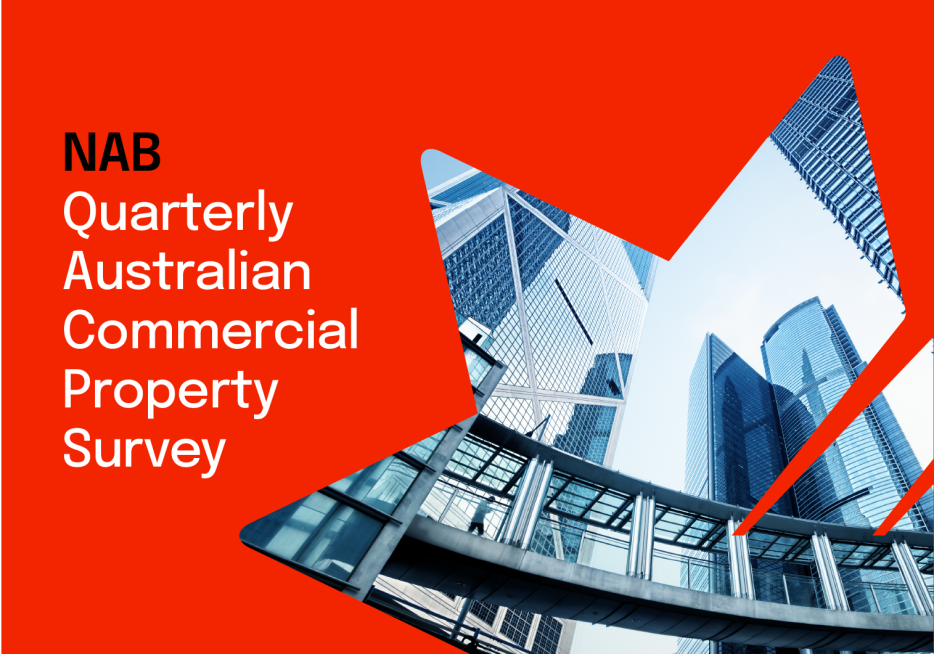
Insight

Market updates, insights and education empowering you to make informed investment decisions.


The NAB Commercial Property Index lifted to an 8-year high in the March quarter, continuing the run of improvements seen in recent quarters.


Insight


Commercial property market sentiment lifted in the December quarter with NAB’s Commercial Property Index printing at +13, up from -2 in the previous quarter.


Insight


With softening business conditions and economic growth subdued, commercial property market sentiment remained negative in the September quarter


Insight


Commercial property sentiment rebounds as disparities in office conditions grow between states


Insight

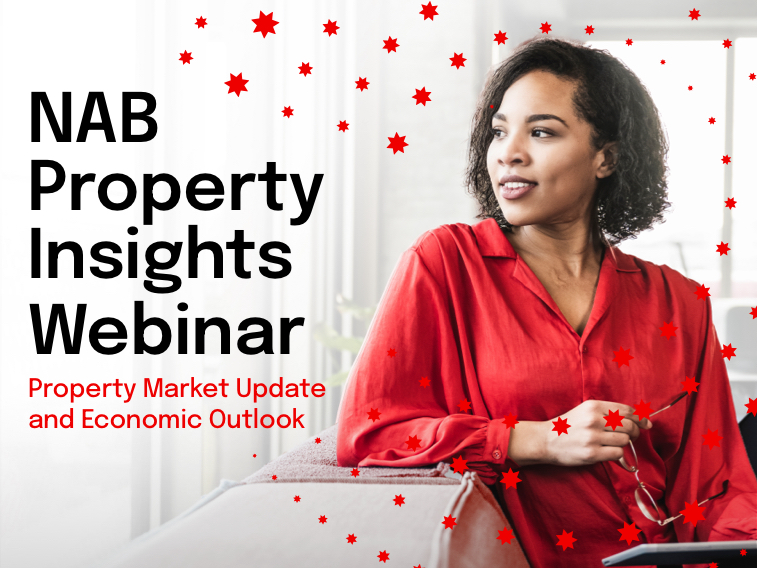
Hear NAB’s senior expert panellists discuss a range of topics to provide key insights to help you and your business prepare for the current property market climate.




Commercial property sentiment improved in Q4 but remained weak and below average


Insight


Challenging conditions (particularly in Office and Retail markets) weighed further on commercial property market sentiment in Q3…


Insight

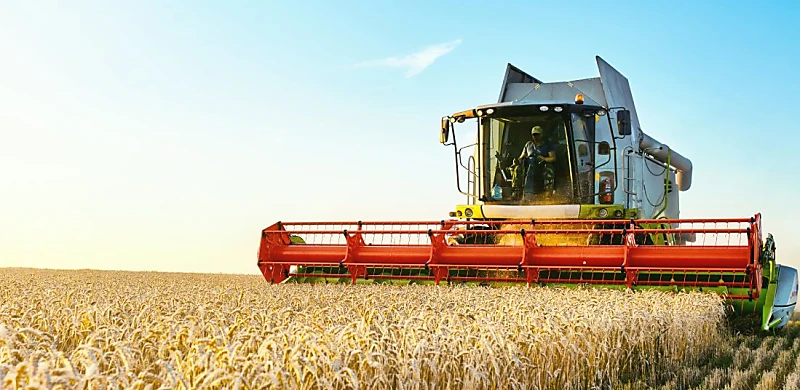
Rural businesses are looking for equipment funding solutions that meet their needs in an evolving environment. Article originally published in The Advisor on 20/09/23


Article

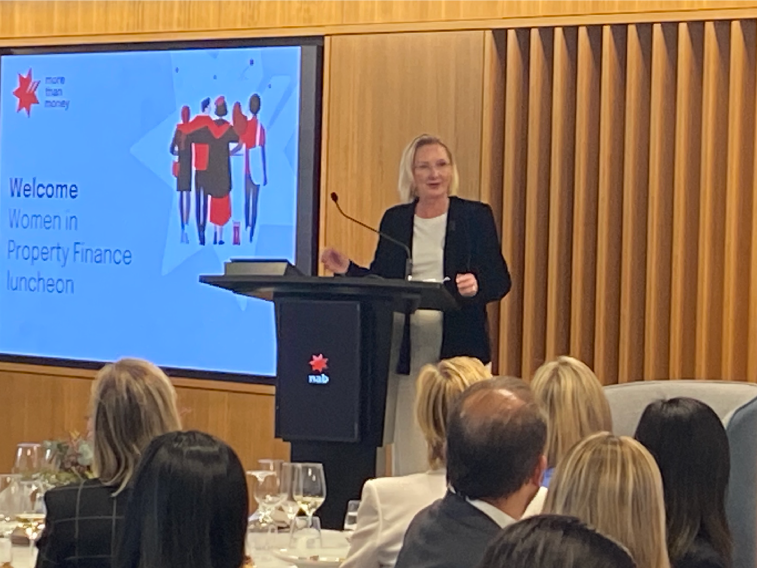
One of Australia’s most successful executives gives some inside tips at NAB’s Women in Property Finance industry networking event and reveals the biggest intellectual challenge of her post-Mirvac life.




Commercial property market sentiment and confidence moderates in Q2 amid growing economic uncertainty…


Insight

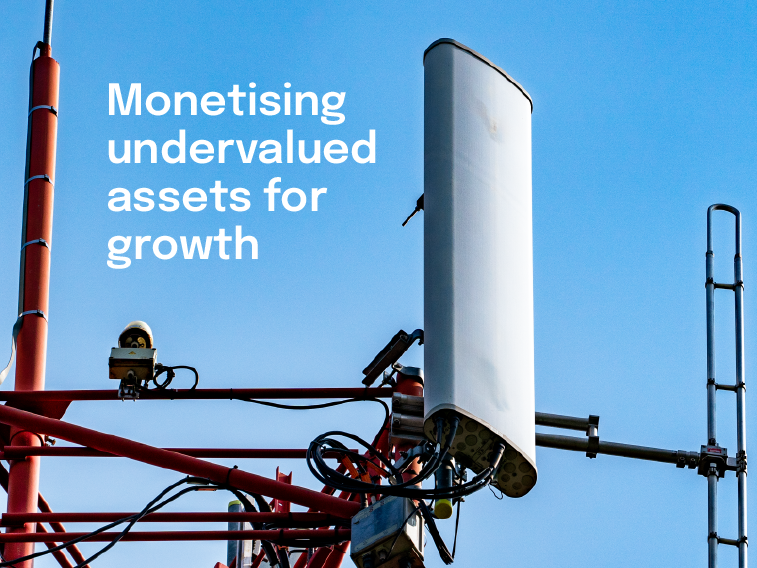
A series of NAB-led deals involving major telcos and private capital from infrastructure investors points the way to effectively monetising undervalued assets for growth.


Article


The NAB Commercial Property Index improved a little further in Q1 but economic uncertainty seems to be weighing on confidence.


Insight


The NAB Commercial Property Index improved in Q4, but is still negative overall and trending well below the survey average.


Insight


Global growth is expected to slow this year, but there are paths opening as we enter the new Lunar Year that could lead to a brighter picture, with a bit of luck in the Year of the Rabbit.


Article

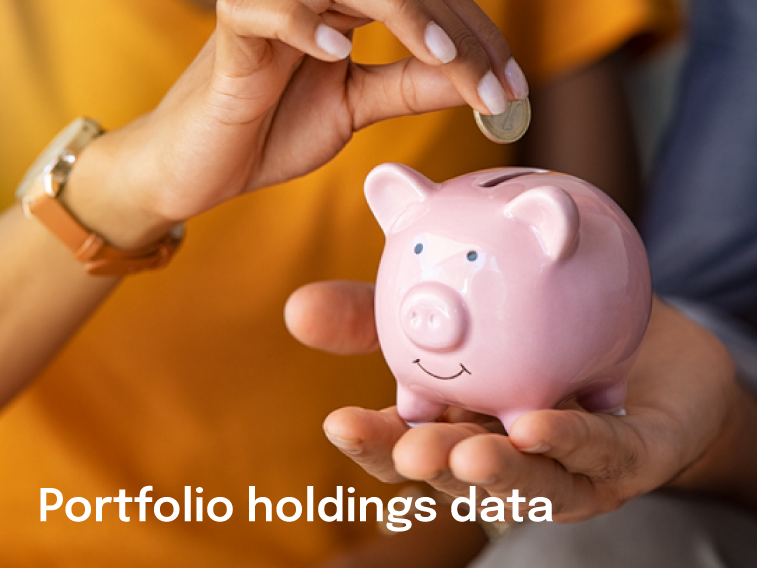
NAB and ASFA examine superannuation portfolio holdings disclosure data released this year as part of regulatory changes aimed at enhancing industry transparency.


Article
© National Australia Bank Limited. ABN 12 004 044 937 AFSL and Australian Credit Licence 230686.
